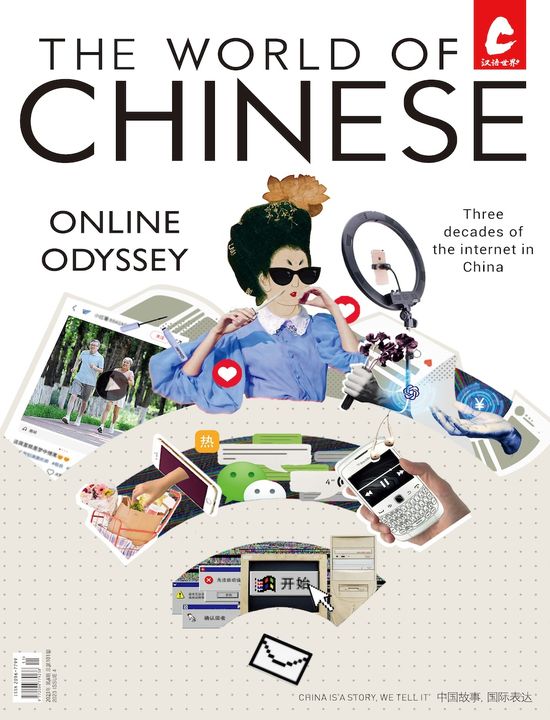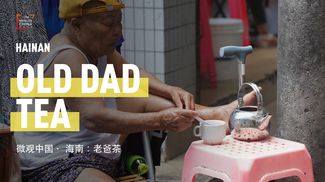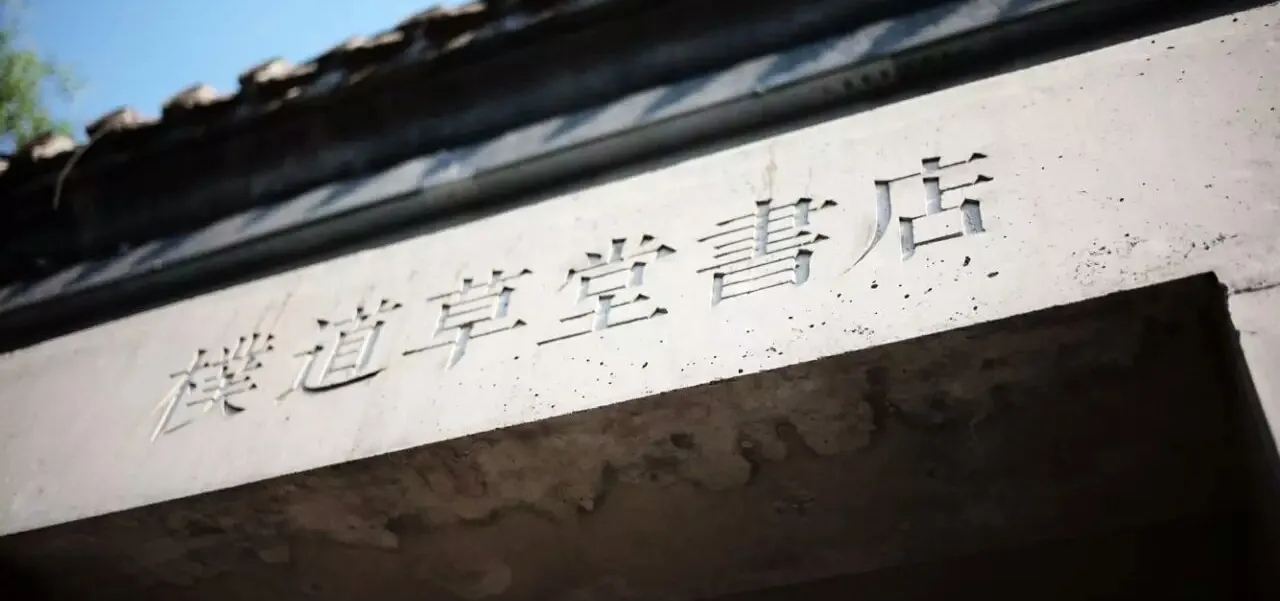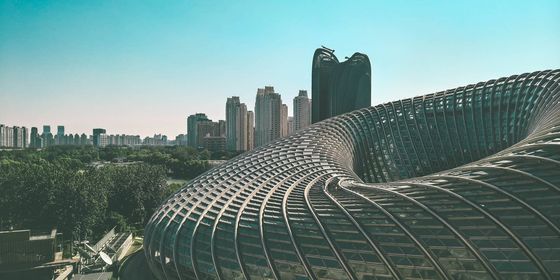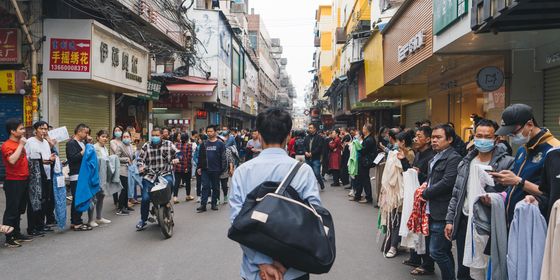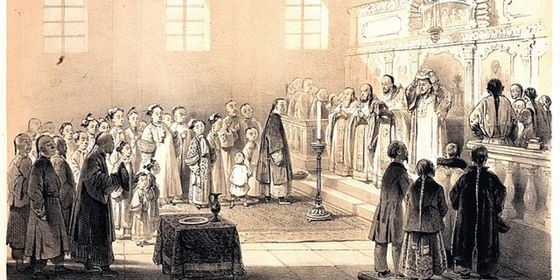Bookshop owner’s letter highlights contradictions in Beijing’s efforts in demolition
When Zhou Yifang, owner of (in the words of CGTN) “respected bookstore” Pudaocaotang (朴道草堂) in Beijing’s Nan Luoguxiang, found out that his essay “Who Was the Assassin that Killed a Bookstore?” had gone viral, he told the Beijing News he never expected to attract so much attention—he’d just received an order from the sub-district office that his storefront was an illegal construction and would have to be sealed up, and he didn’t want to close down.
He also probably didn’t expect the witch-hunt that followed: the essay was swiftly scrubbed from the internet, and though its title was still one of Weibo’s top searches by Monday, commentaries pertaining to it were couched within posts that ostensibly discussed other things. Moreover, all still-visible commentaries on the issue were essentially chiding Zhou for confusing the officials’ crackdown on unsafe and illegal buildings with an attempt to shut down small businesses and destroy community space.
More retribution has come in the last two days, as China.com.cn accused him of misrepresenting the order to seal the street-facing one of the store’s two entrances as forcing him to close down in order to “falsely garner sympathy” (but the store is closed anyway as of April 25) and today, a different piece on the site declared that the bookstore had been charging people an entrance fee of 100 RMB (the store has responded that this was a voluntary fee only for accessing a members-only reading area, and that this was a necessary strategy for an independent bookstore to survive these days.)
Zhou’s story and confusion it created is an apt metaphor for the fraught business that is the Beijing authorities’ recent campaign to clean up illegal construction in the city—or, as it’s pithily known on banners at demolition sites across the city, “Resistance Against ‘Opening Walls and Making Holes.’” Most of those affected by the campaign are small businesses that operate on the street level, especially those on the ground floor of residential buildings and that open onto alleyways.
The Global Times’s report on the issue points that the campaign was concerned with the illegality and the unsafe conditions created by these businesses—which modify their buildings’ ground floor units by, well, opening (interior) walls and boring holes (to install external entrances and shop windows)—as well as the overcrowding they create in the neighborhood. But it also acknowledges that these businesses have long been an essential part of Beijing’s urban fabric by providing economic opportunity to its migrants. China Daily has also acknowledged the multiple sides of this issue: as one local middle schooler noted, he’s looking forward to a “cleaner environment,” but will be missing the convenience, and other denizens complained about the removal of the neighborhood’s communal atmosphere and “charm.”
You’d be forgiven for thinking that, like many other cities in the world, the ground floor of residential buildings in Beijing were always legal for commercial use—not only are certain new developments in the suburbs being built with a mixed-use model in mind, but small ground-floor businesses have been popping up around the city since the Reform and Opening Up era. They were never legal, but generally allowed to persist.
At the same time, while this year’s campaign, which plans to remove 4 million square meters’ worth of construction by the year’s end, has created shockwaves on the internet, the phrase “Opening Walls and Making Holes” (开墙打洞) has been found in official literature in Beijing since at least 2014. The earliest reference we’ve found so far was in a statement (in Chinese) given by a delegate at the Beijing People’s Congress in 2014 that the phenomenon has become a “chronic illness” in the city, though in Wuhan, we found another reference to the phrase in a campaign against illegal construction in 2013. The current campaign is notable because it’s a widespread, concerted effort among Beijing’s urban districts and has targeted multiple high-traffic, central areas like Sanlitun and Nan Luoguxiang. However, regular spot-checks and crackdowns on illegal construction have long been facets of life in other Chinese cities as well as Beijing’s own “urban villages.”
As architect Mary-Ann Ray has previously discussed with TWOC regarding Beijing’s “art villages,” both her own studio and the migrant housing in the Chaoyang district village of Caochangdi were “ad hoc, mongrel architecture.” The area was also threatened with demolition in 2011 but was saved after local artists organized to challenge the order, which prompted the village leaders to apply for the designation of “Cultural Industry Zone.” Yet Caochangdi was a high-profile example, with a “global creative class” to bring attention to its cause—individual structures built for migrants, as well as other art villages like the 008 Art District and, as of last month, Songzhuang village in Tongzhou district, have not been as lucky.
Like many of the headaches surrounding urban regulation in China today, the confusion regarding ground-floor businesses stem from a gap in previous regulations. There are no districts zoned specifically for residential or commercial use, and the official position appears that ground-floor businesses may still be acceptable—provided they’ve been approved by the sub-district office, and do not make illegal modifications to the building. Currently, many of the sealed-up businesses are still allowed to operate with interior entrances or through a regular, residential-unit window, though there’s a question mark over how many can survive the transition and still manage to serve the same volume of customers.
Ground-level businesses are attractive for obvious reasons: compared to units in office buildings, their rent tends to be cheaper, and moreover, their utilities tend to be calculated with the “residential” rate, which can be as low as 1/3 the cost of the commercial rate. New residential-commercial mixed-use developments on Beijing’s outskirts may be one way to solve this problem; these allow owners to register their units either as a business or residence, and many offer residential-rate utilities. In Zhonghong Holding’s behemoth Xiangsu development on the easternmost edge of Chaoyang district, which has a reputation for being popular with residents and entrepreneurs of the “post-80s” and “post-90s” generations, one resident described her neighborhood to Caijing as being a city within a city: without leaving the front gates of the community, she “could eat roast meat, baked rice, seafood, hotpot; could learn pottery, drawing, guitar; could sing, swim, exercise.”
On March 26, Beijing’s authorities made their first definite attempt to regulate the gray area of mixed-use developments with a new regulation that prohibits the sale of mixed-use units to individuals, in another attempt to cool the overheated housing market. The current balance of business and residence seems like it’s there to stay, for now—but the task of reconciling the concerns for environment and public safety, heavy-handed tactics of urban management, and the competing visions of a vibrant and modern metropolis is only beginning, especially in inner-city neighborhoods were these conflicts may have been brewing for decades.
Cover image from Weibo
